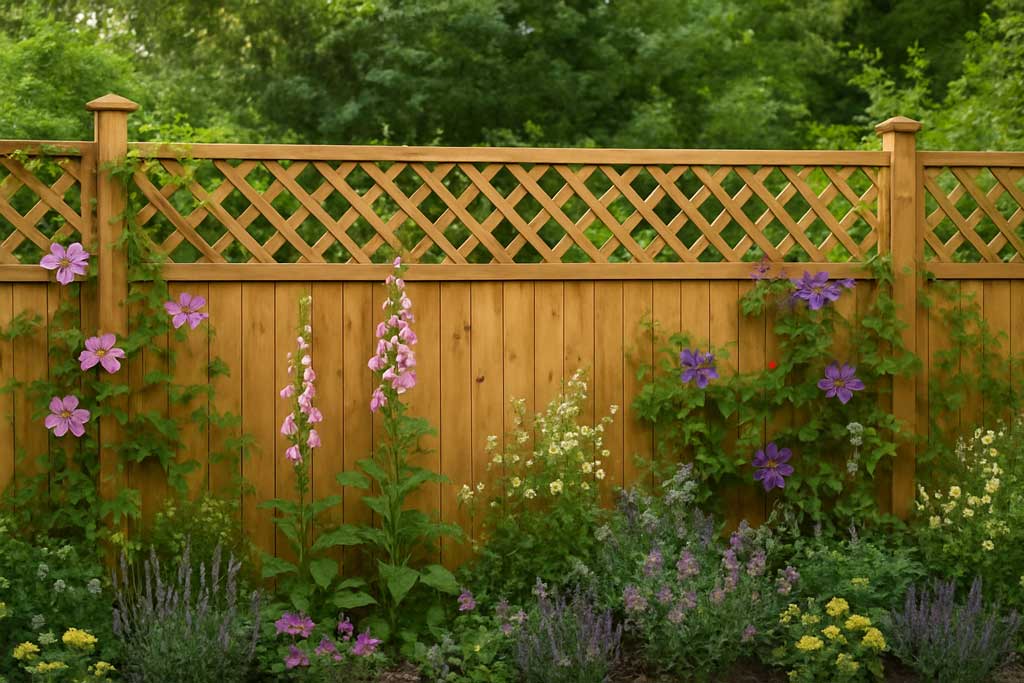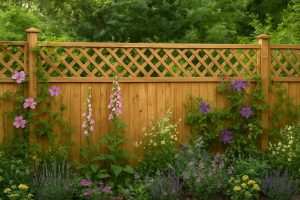Your garden can be a real sanctuary, but without proper boundaries, it can feel exposed and incomplete. Whether you’re seeking privacy from neighbours, security for your family, or simply want to define your outdoor space, the right fencing solution can transform your property entirely. For homeowners considering fencing Northampton services, understanding your options and making informed decisions is crucial to achieving the perfect balance of functionality and aesthetics.
Why Garden Fencing Matters More Than You Think
Garden fencing serves multiple purposes beyond simply marking property boundaries. It provides essential privacy, allowing you to enjoy your outdoor space without feeling overlooked. Security is another vital consideration, particularly for families with young children or valuable garden equipment. Additionally, well-chosen fencing can significantly enhance your property’s kerb appeal and potentially increase its value.
The psychological benefits shouldn’t be overlooked either. A properly fenced garden creates a sense of enclosure and ownership that makes outdoor spaces feel more intimate and welcoming.
Popular Fencing Options for UK Gardens
Timber Fencing: The Classic Choice
Wooden fencing remains the most popular option for British gardens, and for good reason. It offers excellent versatility, blending seamlessly with most garden styles whilst providing good privacy and security. Close board fencing, featuring vertically arranged timber boards, offers maximum privacy and wind protection. Panel fencing provides a cost-effective solution with decent privacy levels, whilst picket fencing creates charming boundaries perfect for front gardens.
The longevity of timber fencing depends largely on the wood quality and treatment. Pressure-treated softwood typically lasts 10-15 years, whilst hardwood options like oak can endure for decades with proper maintenance.
Modern Alternatives: Composite and Metal
Composite fencing has gained popularity recently, combining recycled wood fibres with plastic to create low-maintenance, weather-resistant panels. Though initially more expensive than timber, composite fencing requires minimal upkeep and maintains its appearance for years.
Metal fencing, including aluminium and steel options, offers unmatched durability and security. Powder-coated finishes resist rust and fading, making metal fencing ideal for contemporary gardens or areas requiring maximum security.
Planning Your Fencing Project
Understanding Planning Permission and Permitted Development
Most residential fencing projects fall under permitted development rights, meaning you won’t need planning permission. However, there are important restrictions to consider. Front garden fencing generally cannot exceed 1 metre in height, whilst rear and side boundary fencing can typically reach 2 metres.
Listed buildings and conservation areas have additional restrictions, so always check with your local council before proceeding. Properties near highways may have visibility requirements that affect corner plots particularly.
Measuring and Budgeting Effectively
Accurate measurements are essential for obtaining reliable quotes and avoiding costly surprises. Measure the total linear metres required, noting any changes in ground level that might affect installation costs. Consider access routes for materials and equipment, as difficult access can increase labour charges.
Budget considerations extend beyond the initial installation cost. Factor in potential ground preparation, old fence removal, and future maintenance requirements when comparing different fencing materials.
Choosing the Right Height and Style
Privacy vs. Neighbourly Relations
Whilst 2-metre fencing provides maximum privacy, it can sometimes feel overbearing and may strain relationships with neighbours. Consider stepped heights or mixed materials to maintain privacy whilst keeping the space feeling open.
Trellis tops on solid fencing panels offer an excellent compromise, providing additional height for climbing plants whilst maintaining a lighter appearance.
Complementing Your Property’s Architecture
Your fencing should complement your home’s architectural style rather than compete with it. Traditional properties often suit timber fencing with classic post and rail designs, whilst contemporary homes might benefit from sleek metal or composite options.
Consider your garden’s existing features, including established plants, pathways, and outdoor structures when selecting fencing styles and colours.
Installation Considerations and Professional Services
DIY vs. Professional Installation
Whilst enthusiastic DIYers can tackle simple panel fencing projects, professional installation ensures proper foundation work, accurate alignment, and compliance with local regulations. Uneven ground, concrete posts, or complex layouts typically require professional expertise.
Professional installers also provide warranties on both materials and workmanship, offering peace of mind and protection for your investment.
Maintenance and Longevity
Different fencing materials require varying maintenance approaches. Timber fencing benefits from annual treatments with wood preservative or stain, whilst composite and metal options need only occasional cleaning.
Regular inspection of posts, panels, and fixings helps identify potential issues before they become costly problems. Wind damage, particularly after storms, should be addressed promptly to prevent further deterioration.
Making Your Decision
Choosing the right garden fencing involves balancing multiple factors: budget, maintenance requirements, aesthetic preferences, and functional needs. Take time to research local suppliers, read reviews, and obtain multiple quotes before making your final decision.
Consider the long-term implications of your choice, including maintenance costs and potential replacement schedules. The cheapest option isn’t always the most economical over time, particularly when considering durability and maintenance requirements.
Quality fencing represents a significant investment in your property’s functionality, security, and appearance. By understanding your options and working with reputable professionals, you can create boundaries that enhance your garden’s beauty whilst meeting all your practical requirements for years to come.




